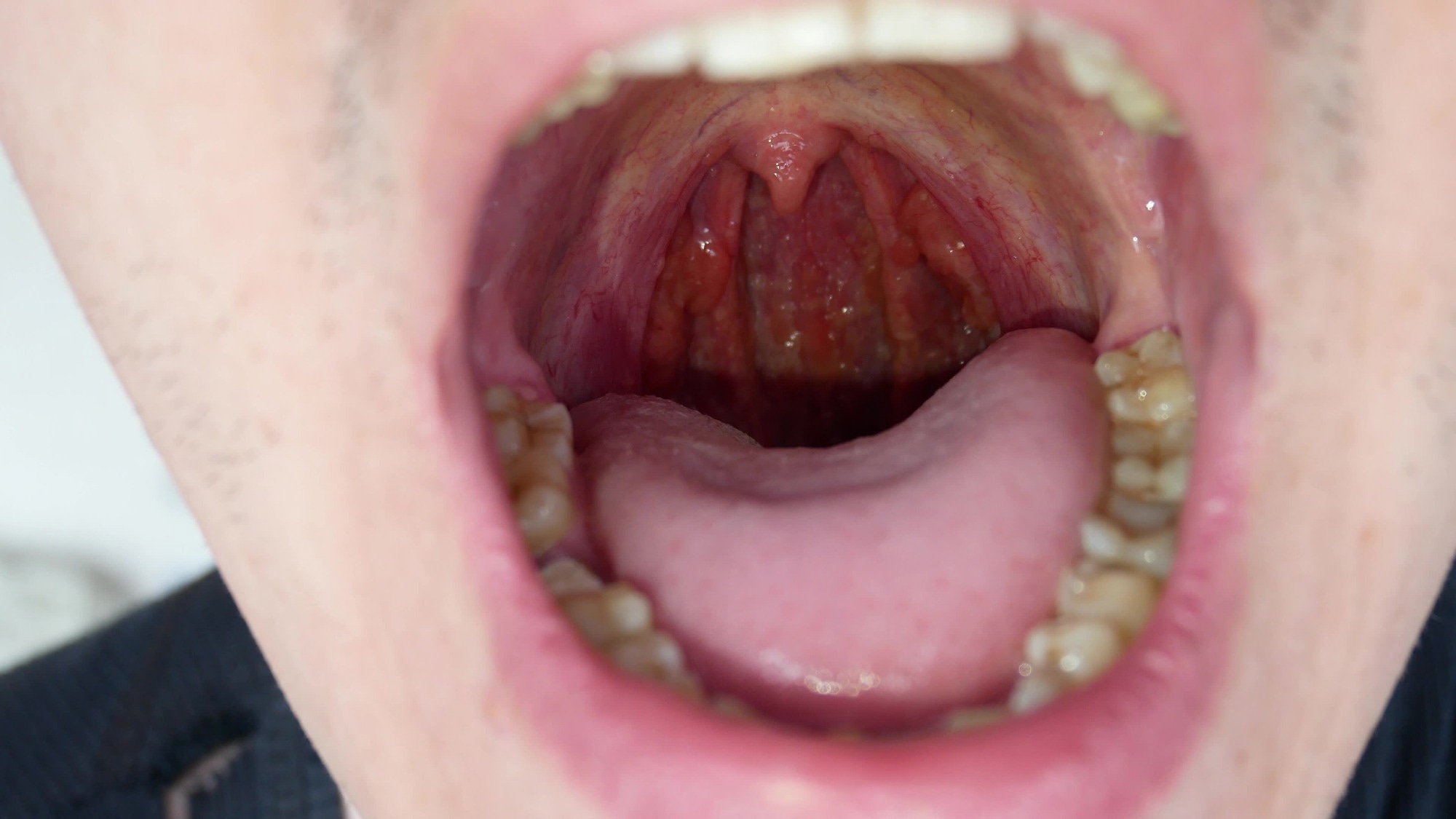Researchers at Rice University have developed a low-cost, smartphone-based imaging system that uses AI to help dental professionals detect early signs of oral cancer and make more accurate referral decisions.

Image Credit: An Mazhor/Shutterstock.com
Oral cancer remains a serious health concern, often diagnosed too late for effective treatment, despite the fact that the mouth is easily accessible for routine exams. Dentists and dental hygienists are usually the first to spot suspicious lesions, but many lack the specialized training needed to distinguish between harmless and potentially serious conditions.
To help close that gap, the Rice University team led by Rebecca Richards-Kortum designed and tested the mobile Detection of Oral Cancer (mDOC) system. Their recent study, published in Biophotonics Discovery, evaluated how well the device could support dental professionals in deciding when to refer patients to oral cancer specialists.
The mDOC system combines white light and autofluorescence imaging with a machine learning algorithm trained to assess both visual data and patient risk factors such as age, smoking history, and lesion location. Autofluorescence imaging uses blue light to detect changes in tissue fluorescence, which may indicate abnormal growth. However, benign conditions like inflammation can also reduce fluorescence, making standalone imaging unreliable.
By integrating AI, the mDOC system aims to reduce this uncertainty.
The research team tested the device in two community dental clinics in Houston, Texas, collecting data from 50 patients. Each patient had up to five oral sites imaged, and expert clinicians reviewed the results. Their referral decisions served as the gold standard for training and testing the algorithm.
To improve the model’s performance in everyday dental settings where high-risk lesions are relatively rare, the team used a rehearsal training method that included new and previously collected data from both high-prevalence and healthy populations.
When tested on a separate dataset reflecting a low-prevalence environment, the model achieved an area under the ROC curve (AUC-ROC) of 0.778, with 60 % sensitivity and 88 % specificity. This means it correctly identified 60 % of sites that experts recommended for referral while minimizing unnecessary referrals. Notably, the mDOC algorithm outperformed dental providers, who had 0 % sensitivity and 100 percent specificity—missing all cases that required referral.
Although the system misclassified two out of five expert-flagged sites, both lesions had resolved by the time of specialist review, suggesting that the algorithm’s assessment may have been accurate. On the flip side, it produced 21 false positives, pointing to opportunities for improving specificity.
Overall, the study demonstrates mDOC’s potential to enhance early detection and referral decisions in dental clinics, particularly in settings where access to specialists is limited. With an average imaging time of just 3.5 minutes, the system integrates easily into routine workflows. Next steps may include gathering more detailed patient histories and refining the algorithm to further reduce false positives.
Journal Reference:
Mitbander, R., et al. (2025) Optimization of a mobile imaging system to aid in evaluating patients with oral lesions in a dental care setting. Biophotonics Discovery. doi.org/10.1117/1.BIOS.2.4.042307